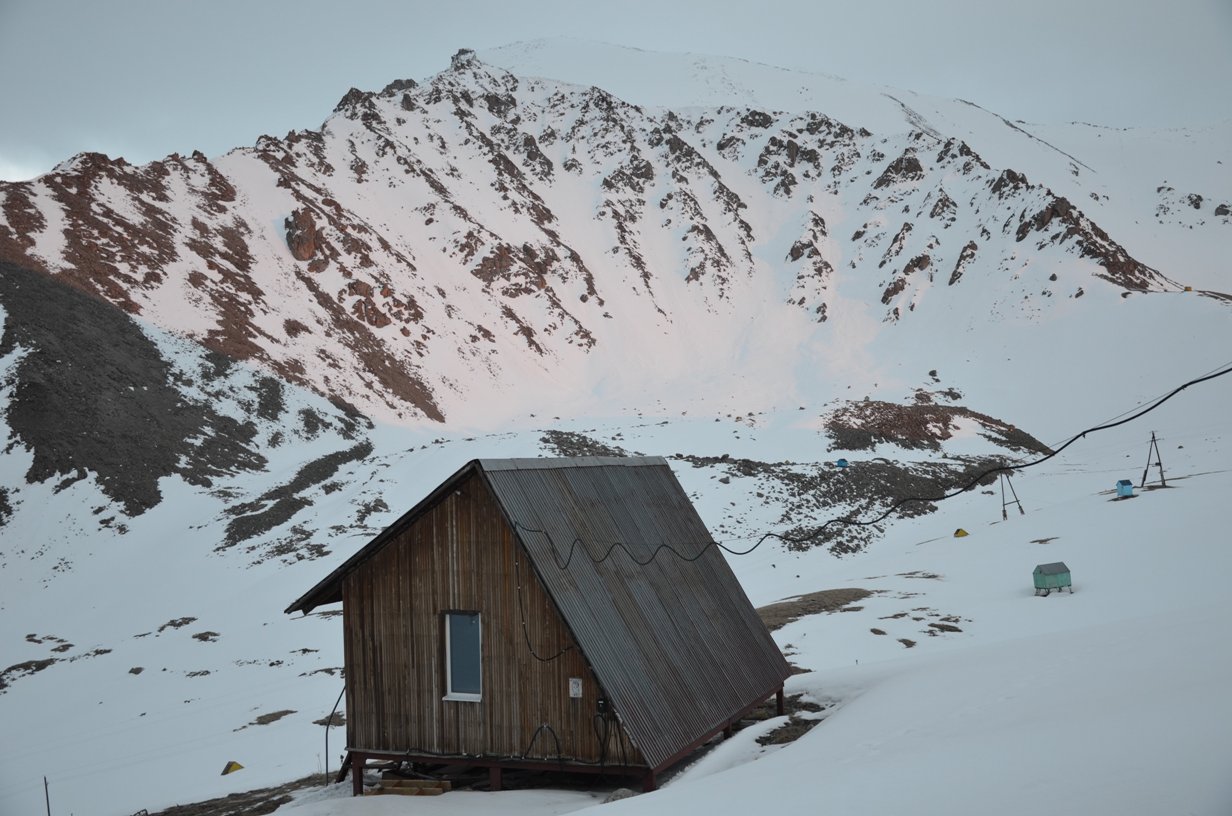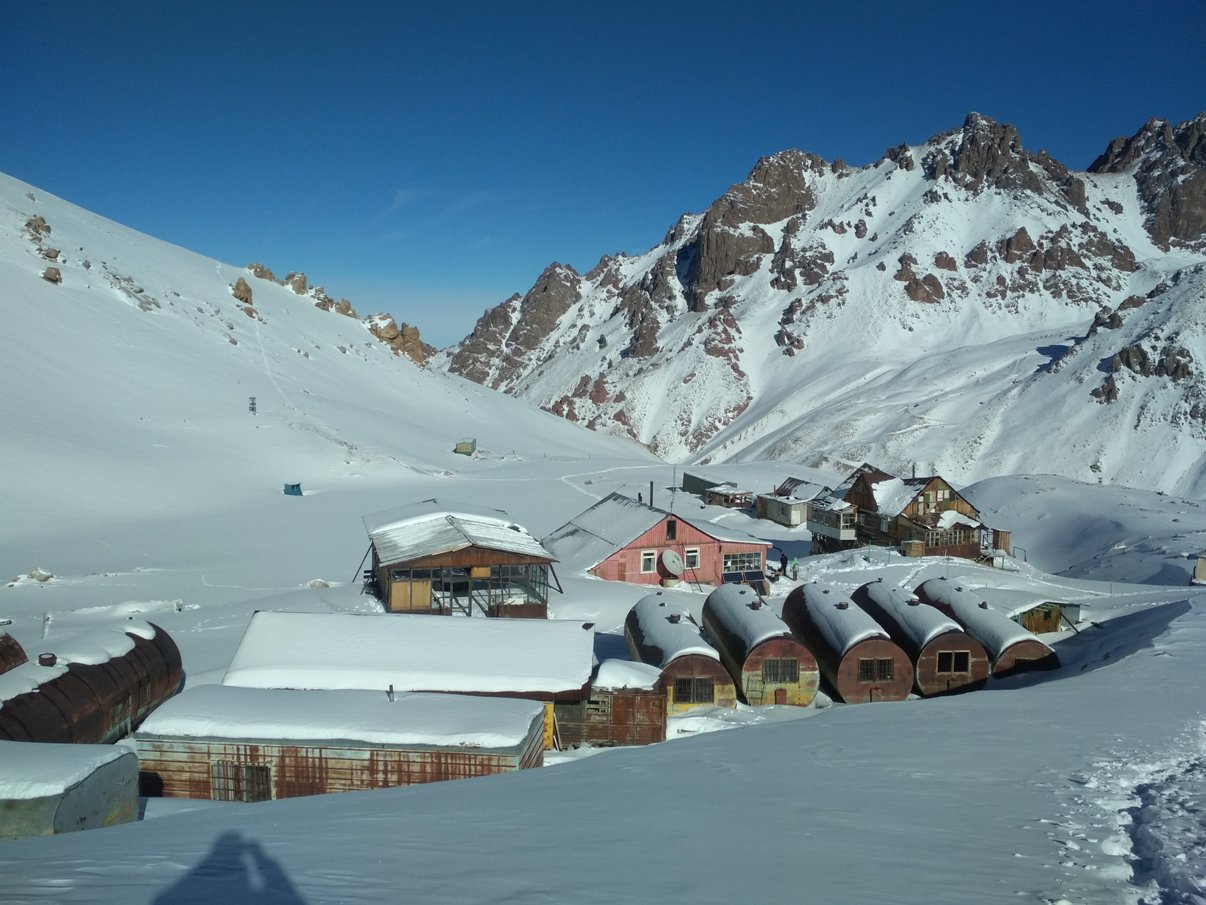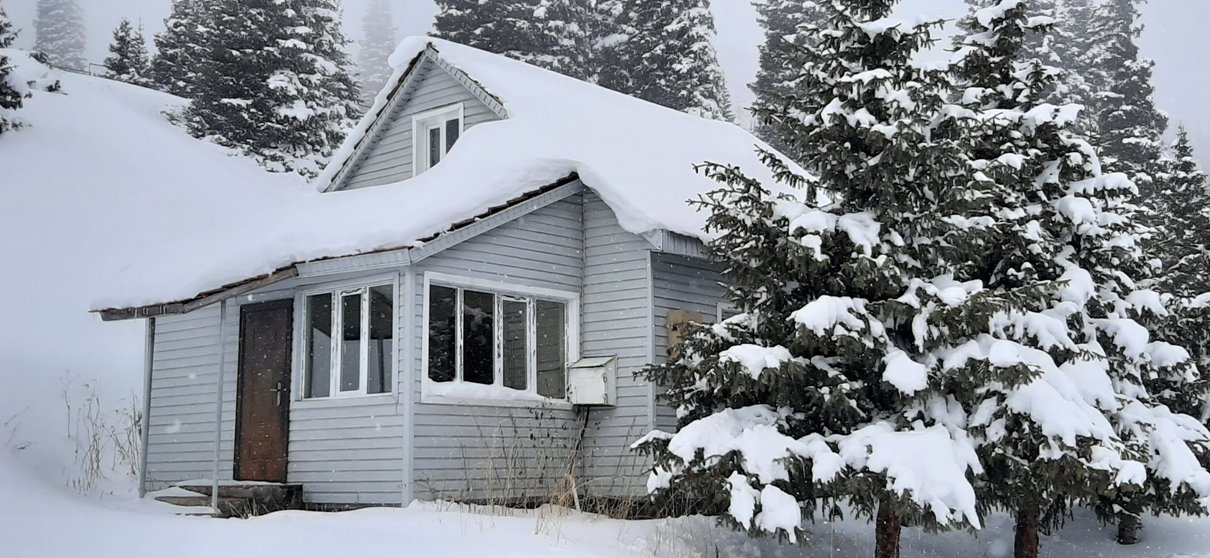HIGH MOUNTAIN GEOCRYOLOGICAL STATION "ZHOSALY KEZEN PASS"
The Station is located in Ile Alatau in the Ulken Almaty river basin on Zhosaly Kezen pass at the altitude of 3300 m above sea level, 36 km from the city of Almaty. The Station includes 2 houses, meteorological site and network of thermometric wells.
The station belongs to the Central Asian Regional Glaciological Centre as a category 2 Centre under the auspices of UNESCO. The station conducts observations of the temperature regime of permafrost soils, and studies the impact of climatic changes on their condition. The station is equipped with a system for automatic recording of air and soil temperatures at different depths.

high-mountains glaciological station «Tuiyksu glacier»
The station is located in Ile Alatau in Kishi Almaty river basin on moraine of the Tuiyksu glacier at the altitude of 3400 m above sea level, 20 km from the city of Almaty. The station includes 3 houses.
The station belongs to the Central Asian Regional Glaciological Centre as a category 2 Centre under the auspices of UNESCO. Since 1970, the station has been conducting year-round observations of the components Tuyiksu glacier mass balance. Tuiyksu glacier is part of the net of glzciers of World Glacier Monitoring Service (WGMS). At present, it is the only glacier in Central Asia on which observations continue after the collapse of the USSR.

high-mountains glaciological station «Tuiyksu glacier»
The station is located in Ile Alatau in Kishi Almaty river basin on moraine of the Tuiyksu glacier at the altitude of 3400 m above sea level, 20 km from the city of Almaty. The station includes 3 houses.
The station belongs to the Central Asian Regional Glaciological Centre as a category 2 Centre under the auspices of UNESCO. Since 1970, the station has been conducting year-round observations of the components Tuyiksu glacier mass balance. Tuiyksu glacier is part of the net of glzciers of World Glacier Monitoring Service (WGMS). At present, it is the only glacier in Central Asia on which observations continue after the collapse of the USSR.

